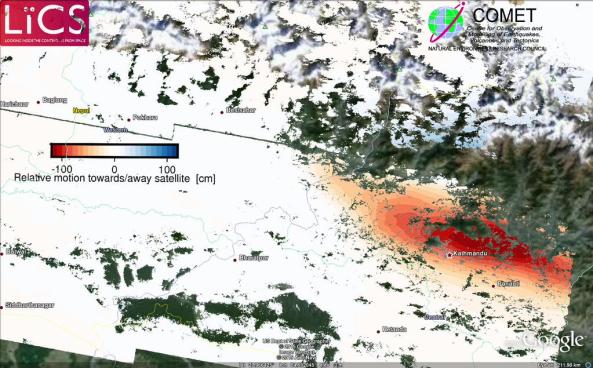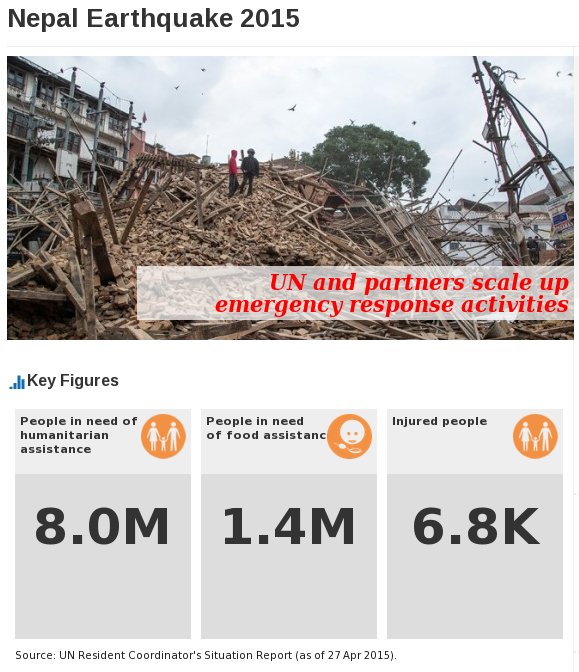Since 1900, 35 earthquakes worldwide have each killed at least 10,000 people. Of these, 26 were in the Alpine-Himalayan seismic belt – a broad “crumple zone” where the African, Arabian and Indian tectonic plates collide with Europe and Asia. Most of these deadly earthquakes were caused by the rupture of faults that had not previously been identified.
CGS scientist Tim Wright is Professor of Satellite Geodesy at the University of Leeds and Director of the Natural Environment Research Council’s Centre for the Observation and Modelling of Earthquakes, Volcanoes and Tectonics (COMET). His work has been at the forefront of developing the use of satellite radar for measuring tectonic and volcanic deformation.
Tim was recently invited to present a guest lecture at the Geological Society on his work trying to understand the nature of seismic hazard within the Alpine-Himalayan region.
You can follow Tim on twitter: @timwright_leeds









